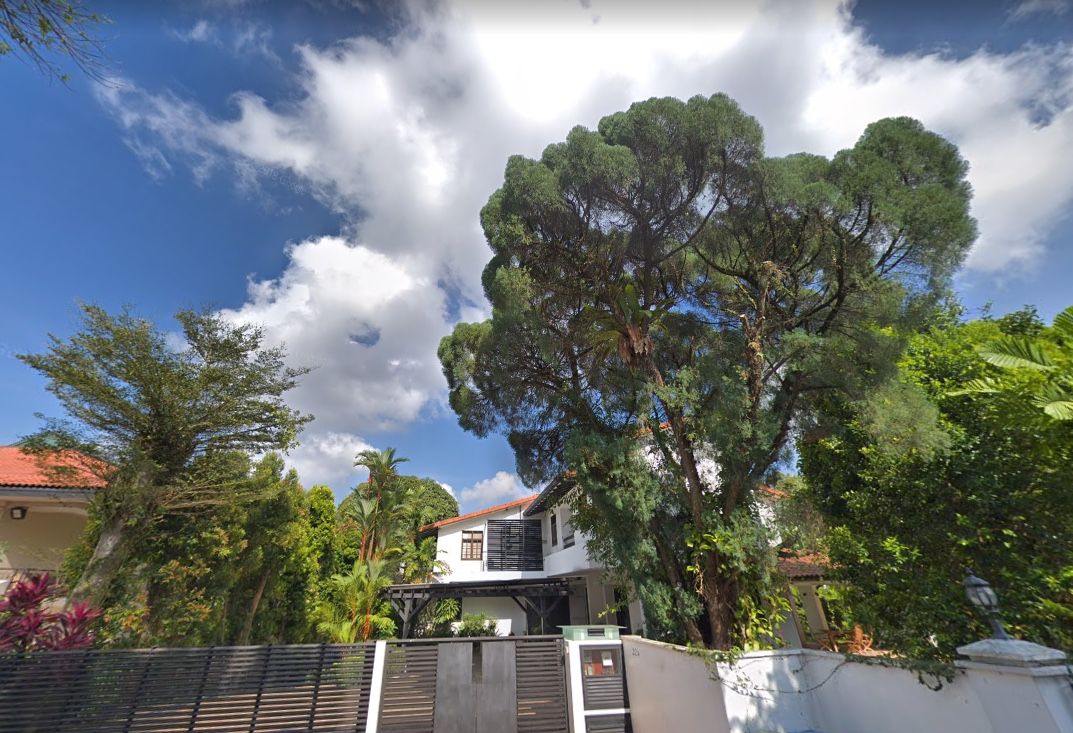Good Class Bungalows are the crème de la crème of properties—exclusive and with unrivalled prestige. Before buying one, here's what you need to know about the most sought after property in Singapore
Earlier this week, property developer OUE’s executive chairman Stephen Riady made headlines for buying a Good Class Bungalow (GCB) located in the Nassim Hill enclave for $95 million.
The acquisition was announced by OUE in a Singapore Exchange (SGX) regulatory filing on August 14.
OUE Reef Development, a wholly-owned subsidiary of OUE, entered a sale and purchase agreement with Dr Riady—who is on Singapore Tatler’s 300 list—for the 3,182 sqm plot at 26A Nassim Road as well as the property built on it.
The $95 million total consideration is 10.1 per cent higher than the average market value.
But Dr Riady’s most recent acquisition isn’t the most expensive in Singapore. Just last month, Wing Tai Holdings chairman Cheng Wai Keung sold his Nassim Road GCB—which features an in-ground swimming pool and a full-sized tennis court—for a record $230 million. It remains the single most expensive GCB to date.
In light of similar GCB transactions made over the years, here are some facts about the most prestigious type of residential property in Singapore:





